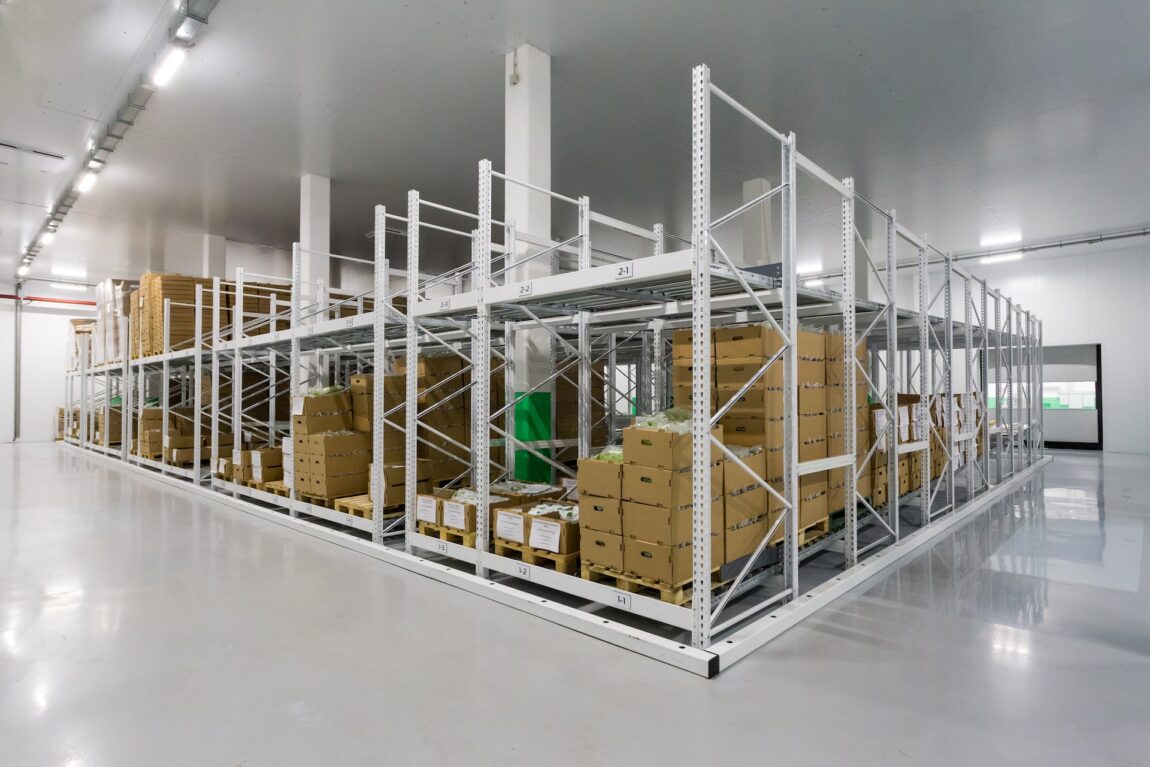Keeping your restaurant up to code and operating efficiently requires careful consideration when it comes to organizing your warehouse racking space. In Canada, the regulations set out by the Canadian Food Inspection Agency require that restaurants maintain order and organization in their storage spaces — including warehouse racking — in order to ensure that products are safe and properly stored. With this in mind, here’s a guide on how to properly organize your warehouse racking to ensure compliance with safety standards while maximizing efficiency.
Assessing Warehouse Needs
When organizing warehouse racking space for a restaurant, there are several important elements to consider. First and foremost, you’ll need to assess the needs of the business, taking into account factors such as the amount of inventory to be stored and the type of products being stored, along with analyzing the size and shape of the restaurant space. Based on these considerations, you can then determine which storage system will best suit your restaurant’s needs; this decision should factor in elements such as product weight, potential growth of your business in terms of inventory or product types, and available shelf levels. Keeping these points in mind will help ensure efficient storage solutions for your restaurant that comply with safety standards set out by Canadian Food Inspection Agency regulations.

Planning the Layout
When planning the layout of a restaurant warehouse, it is important to consider several factors in order to maximize the use of available space and ensure efficient storage solutions. This process involves creating a floor plan that accurately represents the size and shape of the warehouse space, as well as any potential obstacles or areas that may require special attention. Additionally, the amount of inventory to be stored and type of products should be taken into account when designing the racking system, as this will affect both the height and width of the racks, as well as the spacing between them. Finally, product accessibility should be considered in order to ensure that all products are easily visible and reachable for staff. By taking these necessary steps when planning a restaurant warehouse layout, an organized and efficient storage system can be achieved that meets safety standards set out by Canadian Food Inspection Agency regulations.
Implementing the System
Implementing the racking system in a restaurant warehouse is an important step in creating an efficient storage system that meets safety standards. This process involves selecting the right materials and tools, assembling the racks correctly, labeling and organizing products, and training staff on safe and efficient use of the system.
When selecting materials and tools, it is important to choose appropriate racks that are capable of supporting the weight of the products stored. Assembly involves following manufacturer’s instructions for installation and ensuring that all parts are securely attached together. Labeling and organizing products helps to streamline inventory management by providing unique identifiers for easy access, while training staff on proper use of the system ensures that accidents or injuries are prevented.
By taking these necessary steps when implementing a restaurant warehouse racking system, an organized and efficient storage solution can be achieved that meets safety regulations set out by Canadian Food Inspection Agency standards.
ALSO READ: Where Do Americans Try Dishes From the South of France?
Maintenance and Improvement
Maintenance and improvement of a restaurant warehouse racking system is an essential part of ensuring that it remains organized and efficient. This involves regularly inspecting, cleaning, and maintaining the racks; continuously assessing the effectiveness of the system; making improvements based on customer feedback and changing needs; and regularly reviewing overall performance.

Regular inspection, cleaning, and maintenance helps to ensure that the racking system is in good condition by removing any debris or obstructions that may cause damage to products. Continuously assessing the effectiveness of the system allows for changes to be made in order to better meet customer needs and optimize inventory management processes. Additionally, making adjustments based on customer feedback or changing needs helps to ensure that the racking system is able to accommodate any new products or changes in inventory. Finally, regularly reviewing overall performance helps to identify any issues with the current setup and make necessary adjustments as needed.
By taking these necessary steps when maintaining a restaurant warehouse racking system, an organized and efficient storage solution can be achieved that meets safety standards set out by Canadian Food Inspection Agency regulations.
Conclusion
In conclusion, proper organization of the racking system in a restaurant’s warehouse is essential for maintaining an efficient inventory management system. Regular maintenance and cleaning of the racks helps to ensure that they are in good condition and free of any debris or obstructions that may cause damage. Additionally, assessing the effectiveness of the system on a regular basis allows any necessary changes to be made based on customer feedback or changing needs. Finally, making improvements over time helps to guarantee that the racking system remains organized and effective over time, meeting safety regulations set out by Canadian Food Inspection Agency standards.